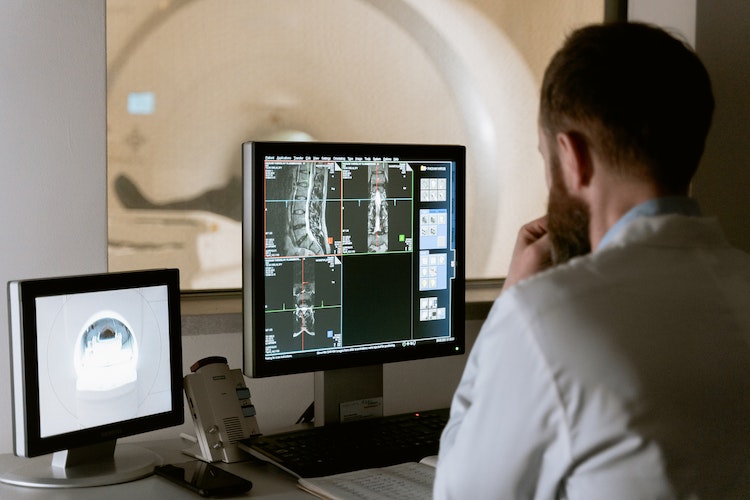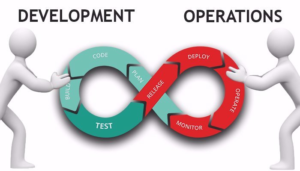Medical technology involves using devices to diagnose, treat and manage health issues. Artificial intelligence (AI) has been a game-changer in improving patient outcomes. Here are some fascinating examples of what it can do and how it may help you live healthier or avoid adverse consequences.
Enabling a Remote and Visual Way to Check Blood Pressure
High blood pressure increases your risk for heart attacks, stroke, artery damage and more. However, many individuals don’t even know they have it. A complicating factor is that nervousness can cause high blood pressure in the doctor’s office but not elsewhere.
“An AI-based tool achieved approximately 90% accuracy with a visual method of checking blood pressure.”
Issues can also arise if doctors instruct people to regularly take their blood pressure at home. Improper cuff sizes can give incorrect results, as can crossing your legs or not sitting up straight when taking a reading. However, researchers have developed a method that allows you to provide blood pressure readings from home and eliminate these issues.
Their method uses AI and a digital camera to capture cardiac signals from two areas on a person’s head for 10 seconds. This method achieved about 90% accuracy compared to conventional blood pressure measurement methods.
The researchers tested their approach on 25 people with different skin tones exposed to varying light conditions. They believe this method could be particularly advantageous when it’s less safe or impractical to take people’s blood pressure in the usual way, such as during the COVID-19 pandemic.
Supporting Human Judgment in Intensive Care Units
Medical professionals in intensive care units must rely on patient data and experience to make the best decisions as situations develop. Even so, their jobs pose continual challenges since health conditions can deteriorate rapidly.
“Researchers developed an AI treatment support tool that caused a 3% improvement in sepsis cure rates.”
Researchers realized they could train AI algorithms to detect how patients’ states changed over time, and then make appropriate care decisions. They taught the artificial intelligence application to patients with sepsis. They believed the blood-poisoning condition showed partial potential since it has a high fatality risk that rises significantly without early detection.
The training involved reinforcement learning, which rewards or penalizes the algorithm based on the correctness of its decisions. The team made the algorithm use vast quantities of medical data to find the most likely successful treatment strategies.
Experiment outcomes showed the algorithms became better than humans in suggesting care options. One experiment showed an approximate 3% improvement in the cure rate with this method.
Although the research team does not advocate for letting AI make decisions without human supervision, they believe their technology could support doctors’ choices and be valuable in medical education applications.
Reshaping Medical Sample Collection
Healthcare management requires the ongoing participation of many people with specialized training. For example, medical technologists are instrumental to patient care by performing diagnostic tests that tell physicians which treatment paths to pursue.
“Robots can perform blood draws and COVID-19 tests, relieving labor shortages.”
Some people have investigated whether AI could improve the methods of collecting samples from patients. Consider how European medical technology company Vitestro developed a blood-drawing robot that handles needle insertion and gathers the liquid. The company has tested its prototype on more than 1,000 people and intends to sell the device in 2024 to European customers.
Company officials believe their innovation could reduce the strain caused by a worldwide phlebotomist shortage. Not having enough qualified individuals to conduct blood draws makes it take longer for patients to receive proper treatment.
Similarly, a Chinese company developed a robot that can test people for COVID-19 much faster than current methods. The invention, which looks like a vending machine, can process 320 samples at once and provide results for 80 people every 45 minutes.
Monitoring Older Patients Through Contact-Free Means
As you age, you may face the challenges of continuing to live independently without putting yourself in danger. People with balance or hearing issues are at greater risk when living alone. However, they don’t necessarily need to be transferred to a supervised facility.
Researchers have created an artificial intelligence tool that uses a wireless transmitter to send low-power waveforms across indoor spaces. A receiver gathers the information as the waveforms bounce off people and objects in the environment. An AI engine then processes that data and extracts insights about the resident’s activity levels.
The team said this technology does not require wearable devices — which users often find cumbersome. Instead, it mounts on ceilings or near walls and works without cameras. However, it can detect possible urinary tract infections, decreased activity levels or the increased likelihood of falling.
Tools like this could be advantageous for helping older people retain their freedom and autonomy without potentially risking their health. Similarly, it could provide peace of mind for the person’s loved ones who want assurance that they’re safe and well.
AI Will Advance Medical Technology
Although many medical technologies don’t use AI, these examples show that artificial intelligence can often improve results and optimize patient care decisions. You should expect AI to continue playing a significant role in developing potentially life-changing devices.










